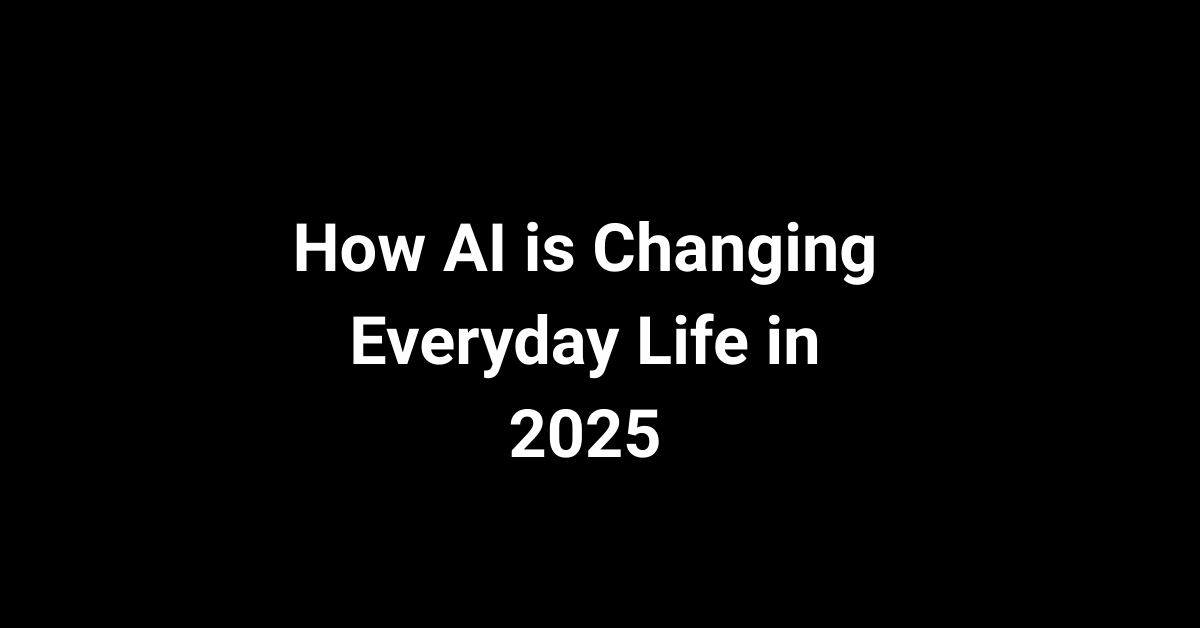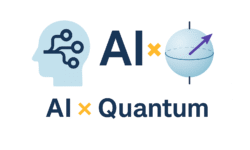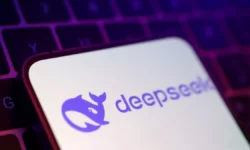Introduction – Understanding AI’s Impact on Daily Life
Artificial Intelligence (AI) is no longer just a buzzword—it’s the reality shaping our everyday experiences in 2025. From the way we communicate to how we shop, learn, and even maintain our health, AI has woven itself into the very fabric of daily life. Think about it: when you ask Alexa to play your favorite song, get a personalized Netflix recommendation, or use Google Maps to avoid traffic, you’re already interacting with AI.
But what does this mean for the future? Unlike the early days when AI felt like something out of a sci-fi movie, today it’s practical, accessible, and embedded in almost everything we do. AI is not just about futuristic robots or complex algorithms hidden in labs—it’s about tools, apps, and smart systems that make everyday living easier, faster, and more efficient.
In 2025, AI has evolved to the point where it is not only assisting us but also making predictive decisions, guiding us toward better health, enhancing education, and even transforming how we work. It’s fair to say AI is becoming as essential as electricity or the internet.
So, let’s dive deeper into how AI is reshaping daily life across different areas—communication, healthcare, education, work, lifestyle, and beyond. By the end of this article, you’ll see exactly how AI is changing everyday life in 2025 and what it means for the future.
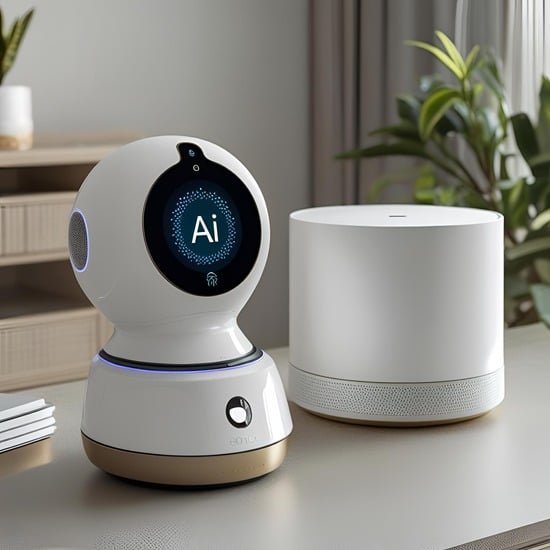
AI in Communication and Social Interaction
Communication is at the heart of human life, and AI is redefining how we connect with one another in 2025. Remember when emails were the main form of digital communication? Today, AI-powered platforms have made messaging smarter, video calls clearer, and global interactions seamless.
AI-Powered Personal Assistants and Chatbots
Virtual assistants like Siri, Alexa, and Google Assistant have become more conversational and capable. They don’t just answer questions anymore—they predict needs, manage schedules, and even provide emotional support. Businesses are also leveraging AI chatbots for customer service, allowing 24/7 support without long waiting times.
Social Media Algorithms and Personalized Feeds
AI is the invisible hand behind the feeds we scroll every day. Platforms like Instagram, TikTok, and Twitter (now X) use AI to curate personalized content, predicting what will engage us the most. While this makes social media addictive, it also ensures content aligns with personal interests.
AI in Virtual Meetings and Translation
Thanks to AI, language barriers are shrinking. Real-time translation in Zoom, Teams, and Google Meet makes international collaboration easier than ever. Imagine joining a call with someone who speaks a different language and still understanding them as if they were next to you—AI makes that possible.
With communication becoming more seamless and inclusive, AI is fostering global collaboration like never before.
AI in Healthcare and Personal Wellbeing
Healthcare has seen one of the most dramatic transformations through AI. In 2025, AI is more than a diagnostic tool—it’s becoming a personal health companion.
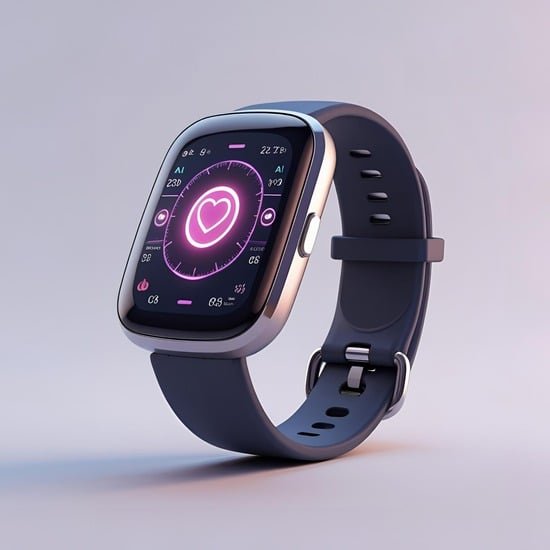
Smart Wearables and AI-Driven Health Tracking
Devices like Apple Watch and Fitbit are no longer just fitness trackers. Powered by AI, they now monitor heart health, detect irregularities, and even predict potential health issues before they become severe. This proactive approach helps people take charge of their wellbeing daily.
AI in Telemedicine and Virtual Consultations
Doctors are using AI-powered platforms to offer remote consultations, reducing waiting times and making healthcare accessible in rural areas. AI assists doctors by analyzing symptoms and suggesting potential diagnoses, helping speed up treatment plans.
Predictive Healthcare and Disease Prevention
AI is not just reactive—it’s predictive. Machine learning algorithms analyze medical histories, genetics, and lifestyle choices to predict risks of chronic illnesses like diabetes or heart disease. This allows people to take preventive measures before conditions worsen.
By making healthcare smarter and more personalized, AI is not only saving lives but also making everyday health management effortless.
AI in Education and Learning
Education has shifted dramatically since the pandemic, and AI has only accelerated that change. In 2025, classrooms are no longer limited to four walls—AI is breaking barriers and personalizing the learning experience.
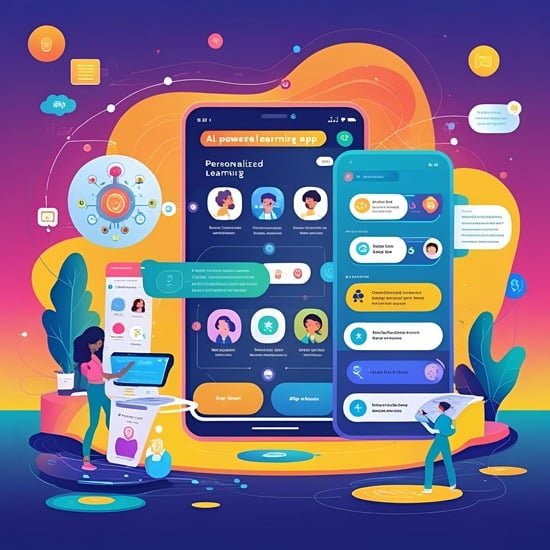
Personalized Learning Paths and AI Tutors
AI analyzes a student’s learning style, strengths, and weaknesses to create customized study plans. Struggling with math? AI tutors provide interactive lessons tailored to your pace. Excelling in science? AI recommends advanced resources to keep you challenged.
AI in Online Courses and Remote Learning
Platforms like Coursera, Udemy, and Khan Academy now use AI to recommend courses based on your career goals and learning habits. AI also helps teachers by grading assignments, freeing up time for more meaningful interactions with students.
How AI Helps Students and Teachers Adapt
AI ensures no student is left behind by identifying gaps in knowledge and providing targeted resources. For teachers, AI serves as a co-pilot—helping track student performance and suggesting new ways to engage learners.
Education in 2025 is no longer one-size-fits-all. With AI, it’s tailored, accessible, and empowering.
AI in Work and Productivity
Workplaces in 2025 look vastly different from just five years ago. With hybrid and remote work becoming the norm, AI has stepped in to optimize productivity and efficiency.
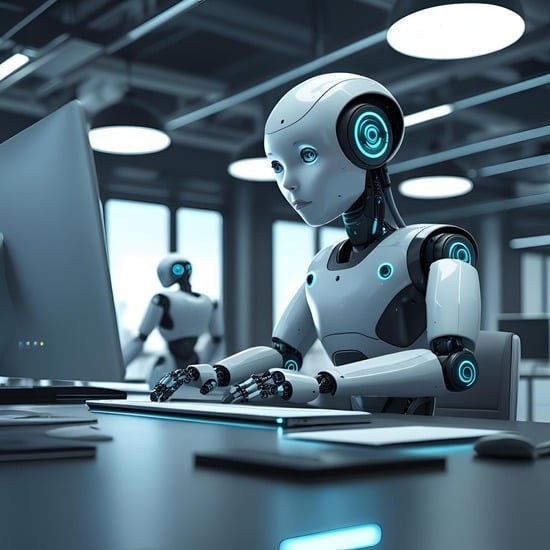
AI-Powered Tools for Remote Work
Tools like Notion AI, Microsoft Copilot, and Jasper are helping professionals write reports, summarize meetings, and generate ideas. Instead of spending hours drafting emails or preparing presentations, AI handles repetitive tasks, giving employees more time to focus on creativity and problem-solving.
AI in Recruitment and Human Resources
AI recruitment platforms are helping companies find the right candidates faster by scanning resumes, analyzing skills, and even predicting cultural fit. On the HR side, AI chatbots assist employees with questions about policies, payroll, and benefits—reducing administrative burdens.
Boosting Creativity and Innovation with AI
AI isn’t replacing creativity—it’s enhancing it. Designers use AI to generate concepts, writers use it to brainstorm ideas, and engineers rely on AI to test innovations virtually before real-world implementation.
With AI as a collaborator, work in 2025 is smarter, faster, and more innovative than ever before.
AI in Transportation and Smart Cities
AI is revolutionizing how we move from one place to another and how cities operate. By 2025, AI has become a critical driver behind safer roads, efficient public transport, and eco-friendly city planning.
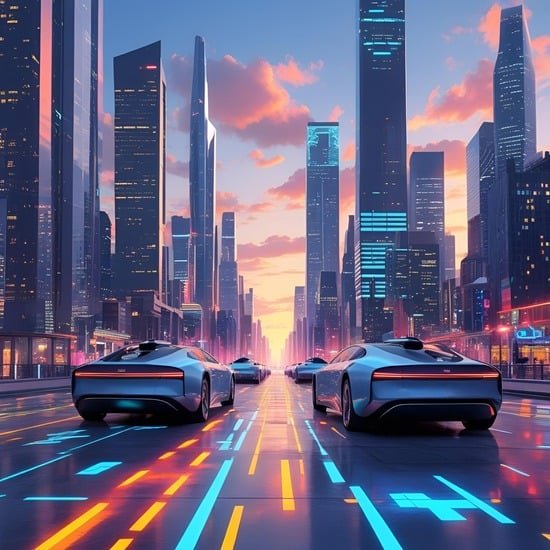
Autonomous Vehicles and Ride-Sharing
Self-driving cars are no longer an experiment—they’re becoming a reality on the streets of many cities. AI-powered vehicles use sensors, cameras, and predictive algorithms to navigate traffic, reduce accidents, and optimize fuel usage. Ride-sharing companies like Uber and Lyft are investing heavily in AI-driven fleets, promising cheaper rides and fewer road accidents. Imagine summoning a driverless car that arrives at your doorstep and takes you to work while you relax or catch up on emails. That’s the convenience AI is bringing to daily commutes.
AI in Traffic Management and Safety
Traffic congestion is one of the biggest problems in urban areas, but AI is tackling it head-on. Smart traffic lights powered by AI adjust in real-time, minimizing congestion and reducing emissions. AI also detects traffic violations, improves pedestrian safety, and provides predictive analytics to prevent accidents before they happen. This not only saves time but also saves lives.
Smart City Infrastructure and Sustainability
AI is the brain behind smart cities. From optimizing energy usage to predicting infrastructure repairs, AI ensures urban environments remain sustainable. Cities like Singapore and Dubai are leading the way by integrating AI into waste management, public transport, and even water conservation. AI is ensuring that cities of the future aren’t just bigger—they’re smarter and greener.
AI in Home and Lifestyle
Our homes are turning into AI-powered hubs, where comfort, convenience, and personalization come together. By 2025, AI has become a silent partner in everyday household tasks.
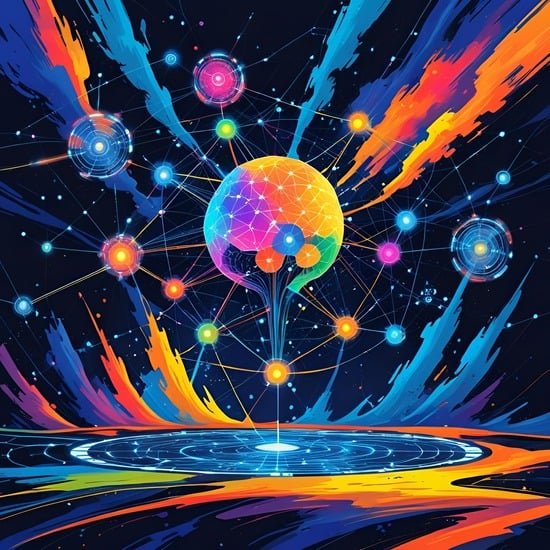
Smart Homes and Voice-Controlled Devices
Devices like Amazon Echo, Google Nest, and Apple HomePod have moved far beyond turning lights on and off. AI can now predict your preferences—setting the right temperature, dimming lights for bedtime, or even suggesting recipes based on what’s in your fridge. Your home has practically become a living assistant.
AI in Shopping and Personalized Recommendations
E-commerce giants like Amazon and Alibaba use AI to deliver hyper-personalized shopping experiences. Ever noticed how you see products you didn’t even know you wanted but end up buying? That’s AI analyzing your browsing history, past purchases, and even your social media activity to predict your next purchase.
AI in Entertainment and Content Creation
From Netflix suggesting your next binge-worthy series to Spotify curating a mood-based playlist, AI has changed how we consume entertainment. But it doesn’t stop there—AI is also creating original content. AI-generated music, films, and even digital art are entering the mainstream, blurring the line between human and machine creativity.
AI in lifestyle isn’t just about convenience—it’s about creating experiences that feel uniquely tailored to each person.
AI in Finance and Money Management
Managing money has always been a challenge, but in 2025, AI has made finance simpler, safer, and smarter.
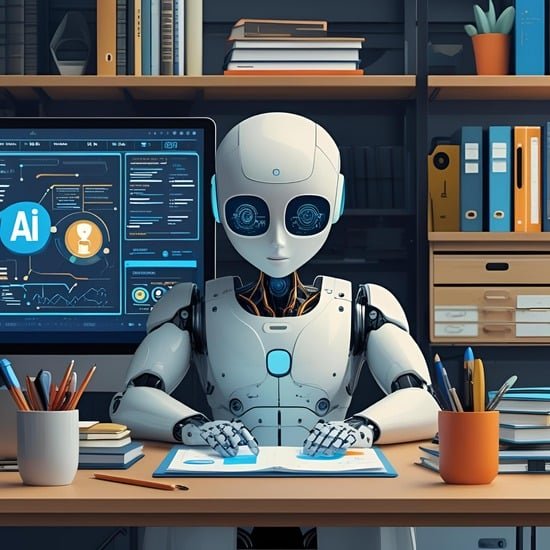
AI in Banking and Fraud Detection
Banks now rely heavily on AI to detect unusual activity and prevent fraud. Instead of waiting for a suspicious transaction to be flagged manually, AI instantly identifies anomalies and alerts users. This means fewer risks and better security for account holders.
Robo-Advisors and Investment Strategies
Gone are the days when only the wealthy could afford financial advisors. AI-powered robo-advisors like Betterment and Wealthfront are offering personalized investment strategies based on individual goals, risk tolerance, and income levels. These platforms analyze real-time data to make smarter investment decisions, often outperforming traditional advisors.
AI for Personal Budgeting and Saving
Apps like Cleo and YNAB use AI to analyze spending habits and provide personalized budgeting advice. They can even predict future expenses and help users save without feeling restricted. Imagine having a financial assistant in your pocket that nudges you toward smarter spending—that’s exactly what AI is offering in 2025.
AI in Security and Privacy
As AI becomes more integrated into our daily lives, security and privacy concerns grow. By 2025, AI has become both a protector and, at times, a potential risk.
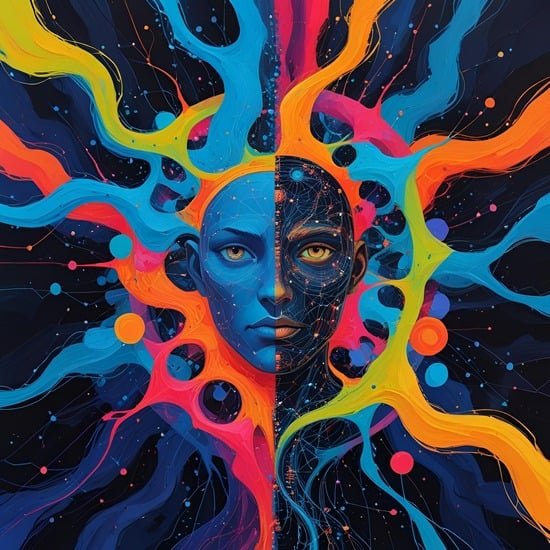
AI in Cybersecurity and Threat Detection
Cybersecurity firms use AI to detect malware, phishing attempts, and unusual network behaviors in real-time. Instead of waiting for human intervention, AI systems block threats instantly, preventing massive data breaches before they spread.
Facial Recognition and Surveillance
AI-powered facial recognition has become commonplace in airports, banks, and even schools. While it increases security, it also raises concerns about privacy and surveillance. For example, China has integrated facial recognition into everyday transactions, while Western countries debate its ethical implications.
Ethical Concerns Around AI Security
The balance between safety and privacy is delicate. While AI helps secure our data, it also raises questions about who controls this information. Are we willing to trade personal privacy for convenience and security? This is one of the biggest debates surrounding AI in 2025.
AI in Creativity and Arts
Creativity was once seen as uniquely human, but AI is now proving it can be just as innovative. By 2025, AI has firmly established its place in the world of arts and entertainment.
AI in Music and Film Production
AI tools like Amper Music and AIVA are composing songs, while AI video generators are helping filmmakers create realistic animations and visual effects. This not only speeds up production but also opens opportunities for smaller creators who previously lacked big budgets.
AI-Powered Content Creation and Writing
AI-powered writing assistants are helping bloggers, journalists, and authors brainstorm ideas, edit drafts, and even create entire articles. While critics argue that AI-generated content lacks originality, many creators see it as a collaborative partner rather than a replacement.
The Debate: Creativity vs. Machines
There’s an ongoing debate: Can machines truly be creative, or are they just mimicking human patterns? While AI can generate impressive content, true creativity still involves emotions, experiences, and human intuition. For now, AI is a powerful tool that amplifies human creativity rather than replacing it.
Challenges and Ethical Concerns of AI in Daily Life
As AI becomes deeply embedded in our everyday routines, it brings not only convenience but also significant challenges. In 2025, these concerns are louder than ever, shaping how governments, businesses, and individuals approach AI adoption.
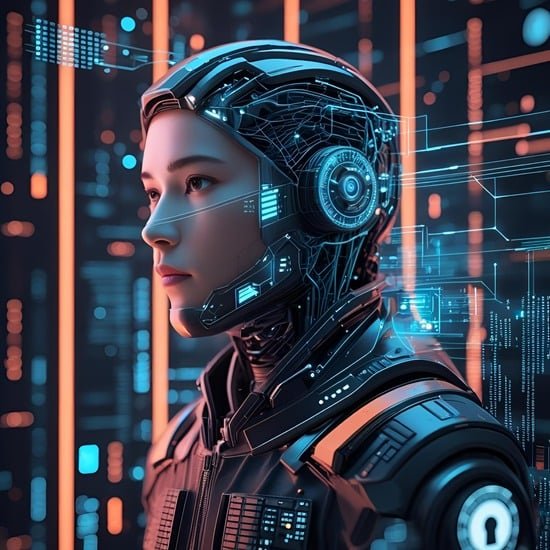
Privacy Issues and Data Collection
AI thrives on data. Every time we use a smart device, search online, or even walk past a surveillance camera, data is being collected. While this allows AI to deliver personalized services, it also raises concerns about how this information is stored and who has access to it. Imagine your personal health data being shared without consent or your shopping habits being sold to advertisers—it’s not far-fetched. Regulators are working to ensure AI companies respect user privacy, but this remains one of the biggest challenges.
Job Displacement and Economic Impact
Automation has already replaced certain manual and repetitive jobs, and in 2025, this trend continues. Roles in logistics, manufacturing, and customer service are increasingly handled by machines. While AI creates new opportunities in tech, data science, and AI ethics, the transition is not smooth for everyone. The fear of job losses leads to debates on universal basic income, reskilling programs, and the need for governments to prepare workers for an AI-driven economy.
Ensuring Responsible AI Usage
Ethics in AI is a global discussion. Should AI decide who gets a loan? Should it be allowed in law enforcement decision-making? Without responsible guidelines, AI could reinforce biases or make unfair judgments. The key is balance—AI should assist but never fully replace human oversight in sensitive areas like justice, finance, or healthcare.
AI is powerful, but with great power comes responsibility. How society handles these concerns will determine whether AI is a blessing or a burden.
Future Predictions – What AI Means for 2030 and Beyond
If 2025 has shown us how integrated AI is in our lives, the coming decade promises even more profound changes. By 2030, AI could reshape society in ways that today feel almost unimaginable.
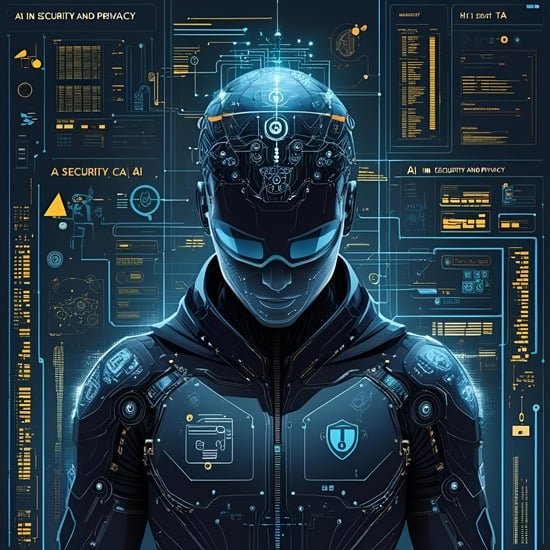
AI in Space Exploration and Research
AI is already helping scientists analyze massive amounts of data from space telescopes, but in the future, it could go further. NASA and SpaceX are investing in AI to control autonomous spacecraft, analyze planetary environments, and even assist astronauts during missions. The dream of colonizing Mars might very well rely on AI systems managing resources and survival strategies.
The Rise of Human-AI Collaboration
Instead of replacing humans, AI is likely to work alongside us as a partner. In fields like medicine, AI will handle complex data analysis while doctors make empathetic decisions. In education, AI will tailor lessons while teachers guide emotional and social development. This collaboration could unlock levels of innovation never seen before.
Preparing Society for an AI-Driven Future
To fully embrace AI, society must prepare. This means stronger regulations, education systems that teach AI literacy, and policies that ensure fair opportunities for all. If handled well, AI could reduce inequality, fight climate change, and even cure diseases. But without preparation, it could deepen social divides.
AI’s future impact will depend less on the technology itself and more on how humanity chooses to use it.
Conclusion – Embracing AI Without Losing Humanity
AI in 2025 is not just about technology—it’s about transformation. From healthcare to finance, from classrooms to smart cities, AI is rewriting the rules of modern living. It makes our lives easier, safer, and more connected. But it also challenges us to rethink privacy, ethics, and the very nature of work.
The truth is, AI is neither inherently good nor bad—it’s a tool. How it shapes our future depends on the choices we make today. Embracing AI responsibly means using it to enhance human life, not replace it. It means staying vigilant about ethical concerns while celebrating the innovations it brings.
So, as we step into this AI-powered era, one thing is clear: the future is here, and it’s powered by intelligence—both artificial and human.
FAQ
How is AI used in everyday life in 2025?
AI is present in smart homes, virtual assistants, healthcare apps, online learning, financial tools, and even transportation systems. It powers personalization, efficiency, and convenience in daily routines.
Will AI replace jobs completely?
No, AI will replace some repetitive tasks but also create new roles in technology, ethics, research, and innovation. The key lies in reskilling workers to adapt to the AI-driven economy.
Is AI safe to use for personal data?
AI can be safe, but only if companies follow strong data protection policies. Users should also be aware of how their data is collected and shared.
How does AI affect creativity?
AI enhances creativity by generating music, art, and writing. However, true human creativity—driven by emotions and unique experiences—remains irreplaceable.
What’s the biggest challenge with AI today?
The biggest challenge is balancing innovation with ethics. Privacy, bias, and responsible usage remain critical issues that need global cooperation.

